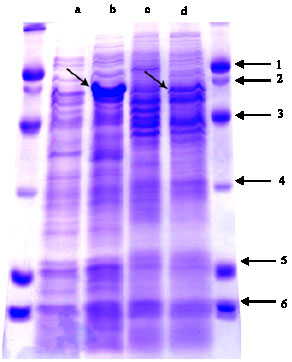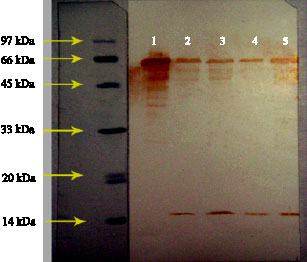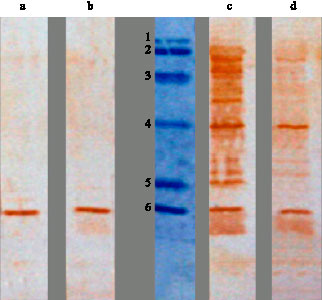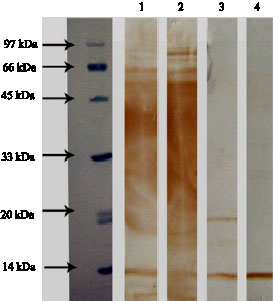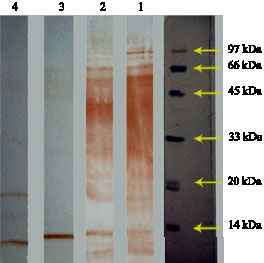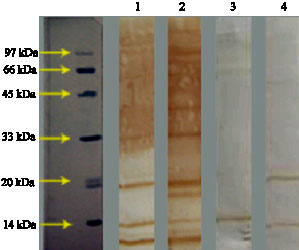Research Article
Comparison of Heat Shock Response in Brucella abortus and Brucella melitensis
Department of Microbiology, School of Medicine, Iran University of Medical Sciences, Tehran, Iran
F. Ghazi
Iran University of Medical Sciences, Tehran, Iran
A. Mostafazadeh
Department of Microbiology and Immunology, Cellular and Molecular Research Center, Babol University of Medical Sciences, Babol, Iran
A. Mostafaie
Department of Protein Biochemistry, Medical Biology Research Center, Kermanshah University of Medical Sciences, Kermanshah, Iran
R. Rajabnia
Department of Microbiology, Iran University of Medical Sciences, Tehran, Iran









